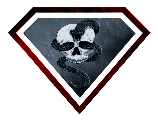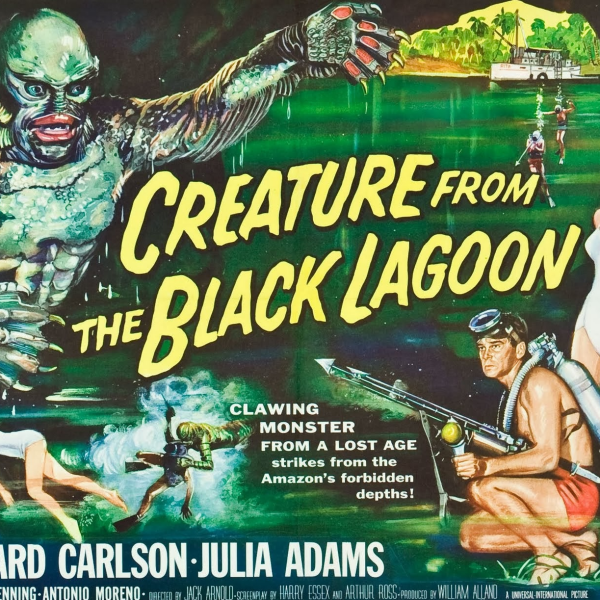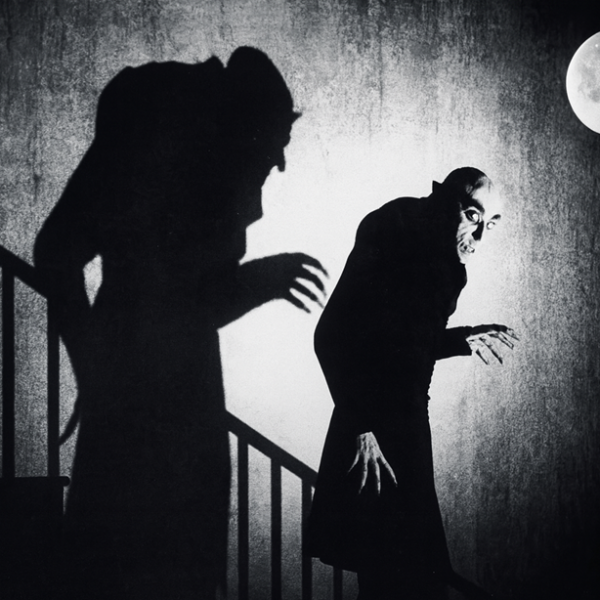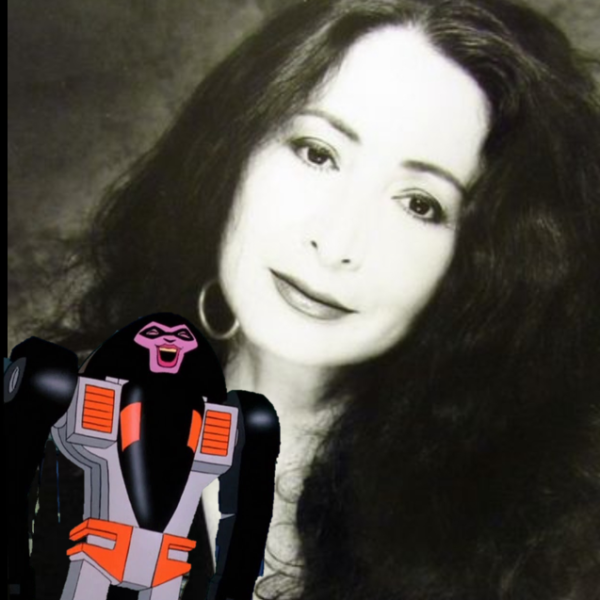October Monster Mash: “Terror from the Sky!” – Rodan (1956)
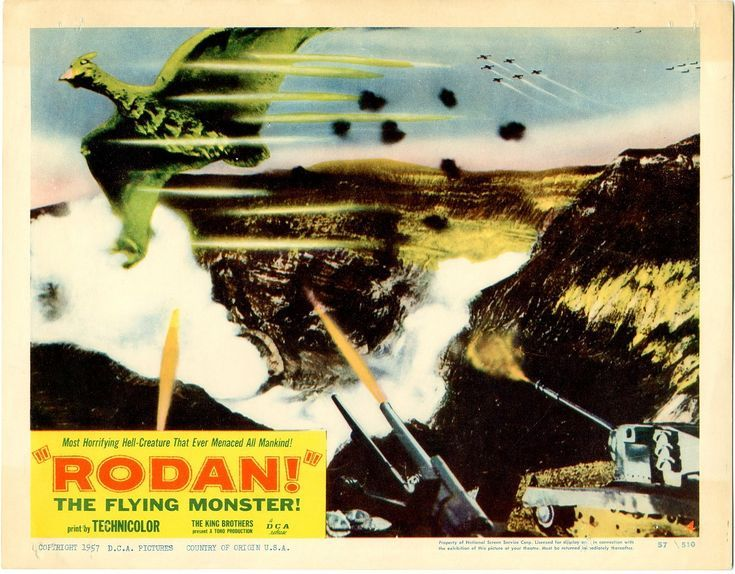
A Winged Nightmare Takes Flight
Before Ghidorah and Mothra joined the skies, there was Rodan — the first flying monster in Toho’s kaiju universe. Released in 1956, just two years after Godzilla, the film took the studio’s growing expertise in special effects and storytelling to new heights — literally.
Directed by Ishirō Honda, the visionary behind Godzilla, Rodan told a story of prehistoric vengeance, human tragedy, and the unstoppable power of nature. It was Toho’s first color kaiju film, and its brilliant cinematography, paired with Eiji Tsuburaya’s groundbreaking effects, made it one of the defining monster movies of the 1950s.
The Story: From the Depths of the Earth to the Sky Above
Set in a small Japanese mining town near Mount Aso, the film begins with a string of mysterious deaths deep underground. The miners whisper of strange creatures lurking in the tunnels. Soon, the source of the terror is revealed — giant prehistoric insects, the Meganulon, unleashed by shifting earth.
But these crawling horrors are only the beginning. When a monstrous egg hatches in the depths, the true terror emerges: Rodan, a colossal, winged Pteranodon-like creature, reborn from a prehistoric age.
As Rodan takes to the skies, supersonic shockwaves follow, flattening towns, toppling bridges, and creating cyclones of devastation. The roar of its wings becomes a death knell from above. And just when humanity thinks it’s facing one monster — a second Rodan appears.
A Tragic Love Story Beneath the Ashes
Unlike many monster films of its time, Rodan infuses its destruction with pathos. These creatures aren’t villains — they’re relics of a forgotten world, forced into ours by human intrusion and nuclear disruption.
In the film’s emotional climax, both Rodans perish together inside an erupting volcano, unwilling to live without the other. This moment — of two monsters choosing death over separation — turned what could have been another creature feature into a story of tragic beauty.
Honda and writer Takeo Murata understood that monsters were reflections of humanity’s own faults. The Rodans are victims as much as threats, their extinction mirroring the self-destructive tendencies of mankind.
The Power of Toho’s Color Revolution
Rodan was a technical milestone for Toho. It was their first monster movie shot in Eastmancolor, allowing the studio’s effects team to craft dazzling visuals — from molten lava flows to vivid skies painted with smoke and flame.
Special effects master Eiji Tsuburaya outdid himself with miniatures, dynamic flying rigs, and explosive destruction sequences that made Rodan’s attacks breathtaking. When the monster swoops low over cities, the combination of wind machines, practical debris, and camera speed manipulation gives a stunning sense of power and realism — unmatched at the time.
The sound design also deserves praise. Rodan’s piercing cry — a blend of wind, animal calls, and electronic distortion — became one of the most iconic monster roars in cinema.
Rodan’s Legacy in the Kaiju Pantheon
Following his debut, Rodan quickly took his place among Toho’s greats, joining Godzilla and Mothra in Ghidorah, the Three-Headed Monster (1964) and many later films. His evolution from destructive force to heroic ally reflected the shifting tone of kaiju cinema through the 1960s — from grim allegory to grand adventure.
Still, the 1956 original remains the definitive version of the character: tragic, elemental, and majestic. It captures the sense of awe that made early kaiju films more than mere monster mayhem — they were modern myths.
Nature’s Fury Given Wings
At its core, Rodan is a warning — a story of humanity’s fragile balance with the natural world. Buried beneath the earth and sky lie powers we barely understand, and our attempts to control them can bring consequences beyond imagination.
Rodan’s destruction is terrifying, but his death is moving — a reminder that even the mightiest monsters can fall victim to the world’s chaos.
Conclusion
As part of our October Monster Mash, Rodan (1956) soars as a masterpiece of spectacle and sorrow. It’s not just a monster movie — it’s a tragedy of nature reborn, told through thunderous wings and volcanic fire.
Toho’s first color kaiju adventure introduced the world to a creature both fearsome and noble, and it paved the way for the rich, emotional storytelling that defined Japan’s monster cinema.
So this October, when you hear the wind howl across the mountains, look up — it might just be Rodan, circling the skies, mourning the age that time forgot.
“From the fiery depths of the Earth, it came… to rule the skies in terror!”
